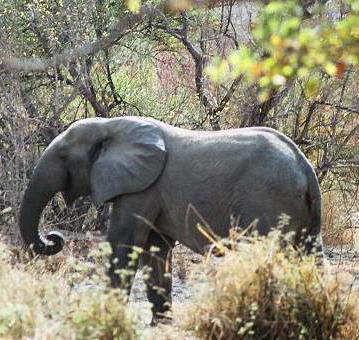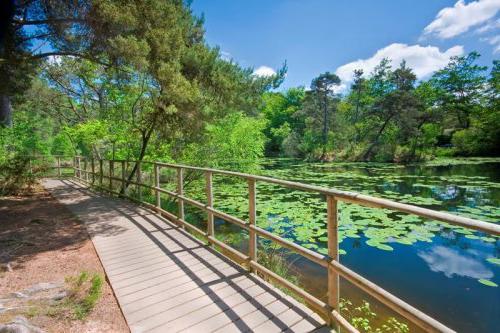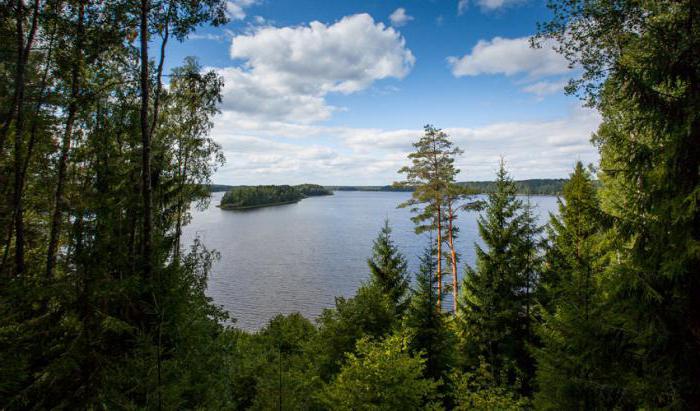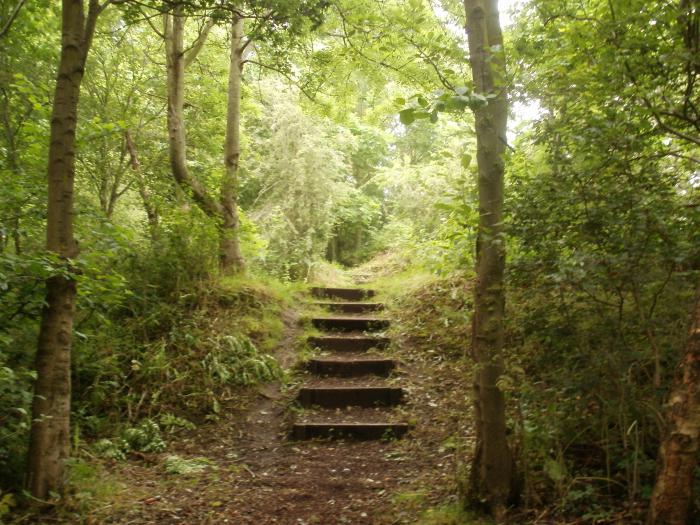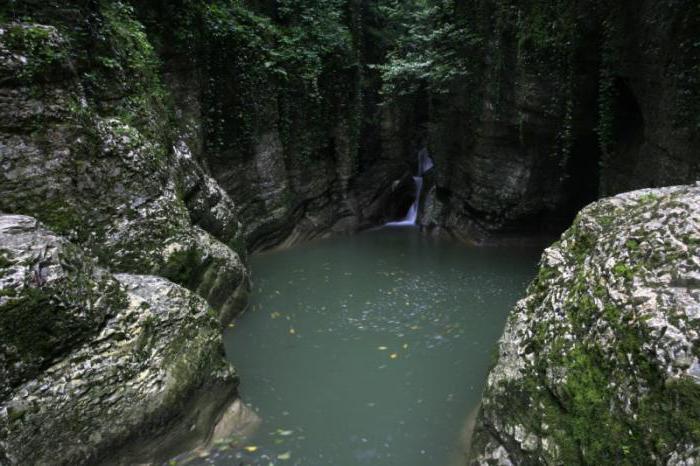Transbaikal National Park. Specially Protected Natural Territories
Zabaikalsky State National Park -the true pearl of Buryatia. Unique landscapes of the eastern coast of Lake Baikal, valuable natural complexes, the preservation of which was under threat, prompted the Government of the RSFSR in 1986 to issue a resolution on the creation of a park in the area under state protection.
Here is a real paradise for animals: more than 44 species of mammals, 50 - vertebrates, 241 species of birds, 3 species of reptiles and the same number of amphibians. Many fauna representatives are included in the Red Book of Russia.

The national park is part of a hugecomplex, a real storehouse of northern attractions and natural beauty called the Reserve Podlemorye. It includes two other parks - Frolikhinsky Reserve and Barguzinsky Reserve. All three nature protection zones are part of the Lake Baikal facility, which is under the protection of UNESCO.
Features of the park
The territory of the protected area coversAcademic, Median, Svyatonosky and Barguzinsky ranges and in total occupies 269 thousand hectares. 37 thousand hectares is the water area of Lake Baikal, the deepest fresh lake in the world.
The most part of the protected complex is occupied by mountain slopes, abundantly covered with thickets of ernikov, cedar elfin, larch, pine and cedar taiga.

One of the most beautiful places is the peninsulaHoly Nose: Chivyrkuisky isthmus connects it with the eastern coast of Lake Baikal. The peak of the Academic Range, which is an underwater boundary between the northern and southern basins of the Baikal basin, is represented by the Small Ushkany Islands and the Great Ushkan Island.
This formation received the name of the archipelago of the Ushkanii Islands.
Chivyrkuisky Bay
Transbaikal National Park is famousthe largest on the Baikal rookery of the freshwater seal - seals. This is the endemic of Lake Baikal and the only representative of the order of pinnipeds. Most of the seals are found on the Ushkanii Islands, where their numbers reach at times 2500-3000 individuals. In autumn, during storms, seals (most often pregnant females) move to Chivyrkuisky Bay. However, this is not the place of their hibernation: after healing and resting, the seals again pass into the open water, since the bay is covered with ice.
The bay is famous for its thermal springs,the most famous of which is Serpentine. By its name, he owes the population of the common ghoul, dwelling in the Arangatui swamps. The water temperature in the spring sometimes reaches + 50-60 degrees. Popular among the guests of the park are mineral springs Nechaevsky and Kulinyi marshes.
The banks of the Chivyrkuy Bay are heavily indented, the waterscrash into the land for 25 kilometers. This feature led to the fact that along the entire reservoir appeared small windswept sand coves up to five meters deep. One of the most noteworthy is Ongokonskaya Bay.

Five tourist routes give an opportunityguests to get acquainted with the inhabitants of the reserved territory, its beauties and magnificent landscapes. From the highest point of the park - Mount Markovo, located on the peninsula of St. Nose, offers an amazing panorama of the area.
Islands and park
The nature of Buryatia is diverse and beautiful in anyits manifestation. So, making a walk on the ship on the Chivyrkuisky Bay, you can admire the real islands, steep banks of which turned into a refuge for the numerous gray and silver gulls that are nesting here.
Climatic features of the park
The park is located in the Middle Baikal Eastclimatic region, which is characterized by a continental climate with a warm, sometimes arid summer and a long cold winter. The influence of Lake Baikal mitigates weather conditions in the coastal part of the protected area. The average temperature in winter is -19 degrees Celsius, in summer +14 degrees. The water temperature in the lake does not rise above +14 degrees, even on the hottest days.
Water resources of the reserve
The Trans-Baikal National Park is rich in waterresources. Here there are many small rivers, among which are the Great Chivyrkuy, Malaya and Bolshaya Cheremshana. The pools of these rivers are closed, so they carry their waters to Baikal. There are also lakes here: the largest of them are Arangatui and Malaya Arangatui, located on the Chivyrkuisky Isthmus and connected to the bay. Bormashovoe lake is smaller in size and is known for its mineral waters.

A feature of the park is the presence of karst lakes - there are more than twenty of them.
Flora of the Transbaikalian National Park
The Trans-Baikal Territory is located in the taiga zoneforests, which directly affects the structure of the vegetation cover in this area. It is caused by the vertical zonality of the Transbaikalian mountain regions. Forests consist mainly of coniferous trees: Gmelin larch, Siberian fir, pine, cedar and cedar woods.
A small area is occupied by deciduous forests, represented for the most part by stone and broad-leaved birch and aspens.
The Trans-Baikal National Park is differentan unusual distribution of mountain taiga forests in comparison with their location in the continental Siberian mountains. So, in the park the quantity of cedar-larch and larch trees is relatively small - their area occupies about 14 thousand hectares, and they are located on the moraines along the river terraces, while in other Siberian forests such trees are represented in the majority.
Endemics and relics
The flora of the protected territory is diverse, many plant species are endemic and relict. The most valuable of them settled in the high mountains of the Ushkanii Islands and the Holy Nose.

These include Chozenia, the communities of cedar elfin and ernika, the bearding of Tiling.
Variety of fauna
A real home for sables, wolves, wolverines,bears, foxes, squirrels, elk, brown bears, red-gray voles, hazel grouses, cedar, musk deer, black-capped marmot and many other representatives of fauna became the Trans-Baikal National Park. Animals here feel completely safe.
Among the representatives of amphibians are foundrare species - Siberian and ostromordaya frogs. Six species of reptiles, also inhabiting here, include an ordinary snake, an abrupt lizard, a shield-marmot and a viviparous lizard.
Among birds, both sedentary and migratory, one canto meet white and yellow wagtails, brown-headed gaichkas, gnatkins, dubrovniki, nuthatches, cedar, chibis, snipe, black, river terns, gray and silver gulls. Sometimes in the park you can see a black stork (the nesting place of which is still a mystery), golden eagle, white-tailed eagle, peregrine and an osprey.
Another rare bird that disappeared from the coast of Lake Baikal and inhabits a small number in the Chivyrkuy Bay is the big cormorant.
Many species of birds arrange their nests onThe marshes hidden from the human eye and located in the majority on the Chivyrkuisky Isthmus. Here is also the least transformed ecosystem of the world - the Arangatui swamps, in which live moose, capercaillie, muskrat.

The most numerous is a group of waterfowl, represented by mallards, Gogol, pintail, swan swan, chirp whistle and red-headed dive.
There are also bird-like birds in the park: marsh and eared owls, long-tailed owl, eagle owl and white owl - very rare guests, found only in winter or in places where the foot of a man does not often step.
National parks of Buryatia, includingZabaikalsky National Park, rich in a variety of representatives of the underwater world. So, in the reservoirs there are perch, ide, Siberian grayling, dace, burbot, omul, Baikal sturgeon, pike, roach and endemic species - small golomyanka.
Transbaikal National Park: how to get there
The nearest settlement to the park is the village of Ust-Barguzin.
You can get here by land or water. The best route by land is private transport, which departs from Irkutsk along the coast of Lake Baikal. From the capital of the Republic of Buryatia - the city of Ulan-Ude - you can reach the park by shuttle or bus.

The distance to the reserve is about 275 km and the journey takes about 5-6 hours.
It should be borne in mind that most of the way passeson a gravel road. For people who prefer a water route, private flights depart from the port of Baikal, as well as from the villages of Khuzhir, Nizhneangarsk and Listvyanka.
Having visited this park, you will not regret it for a minute, because it is not only a visiting card of Lake Baikal, but also a real oasis of natural wonders that the Transbaikal region is so rich in!
